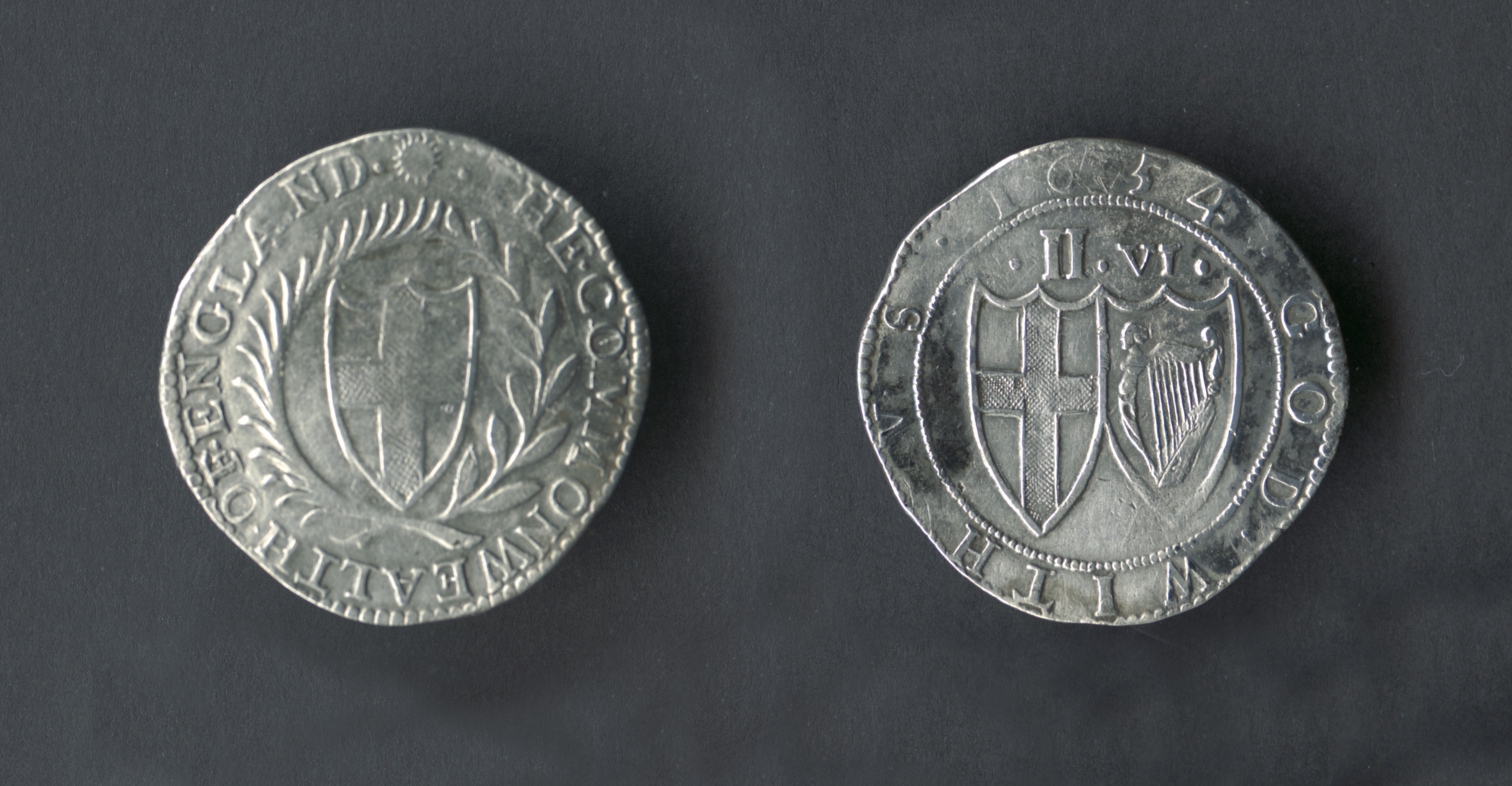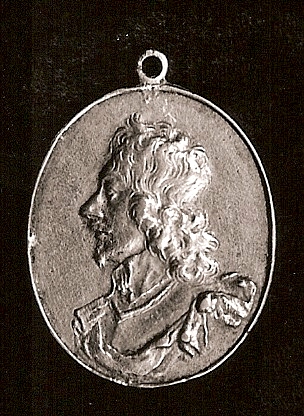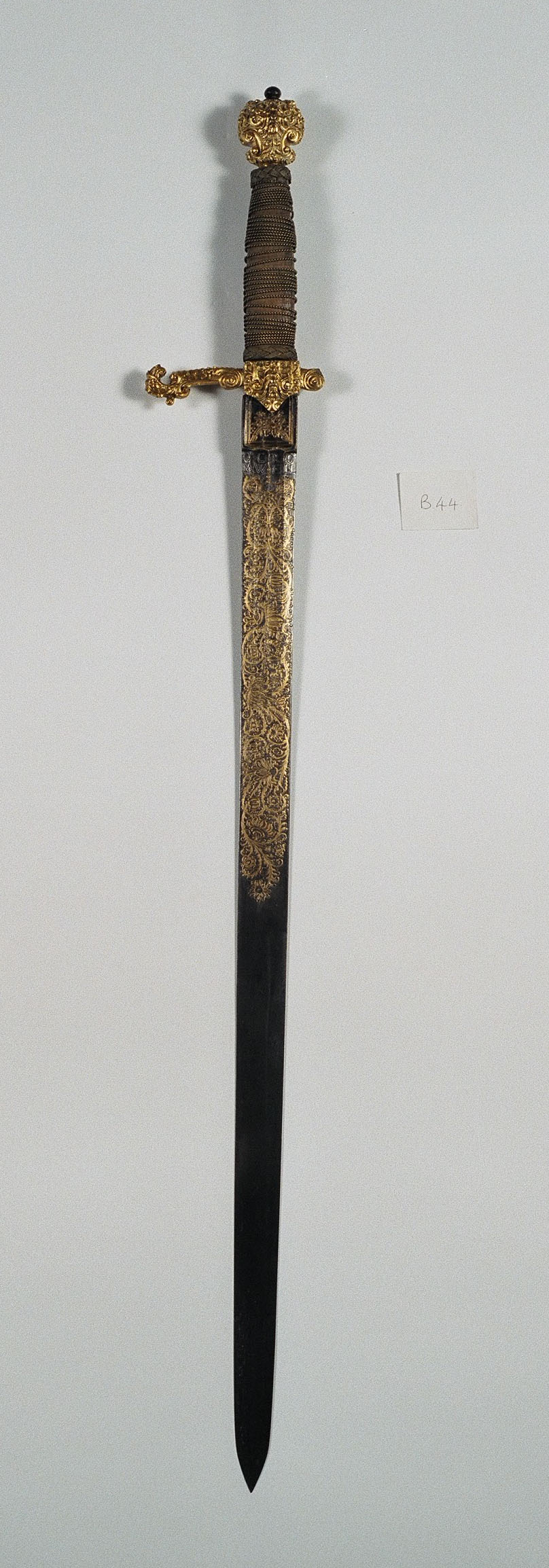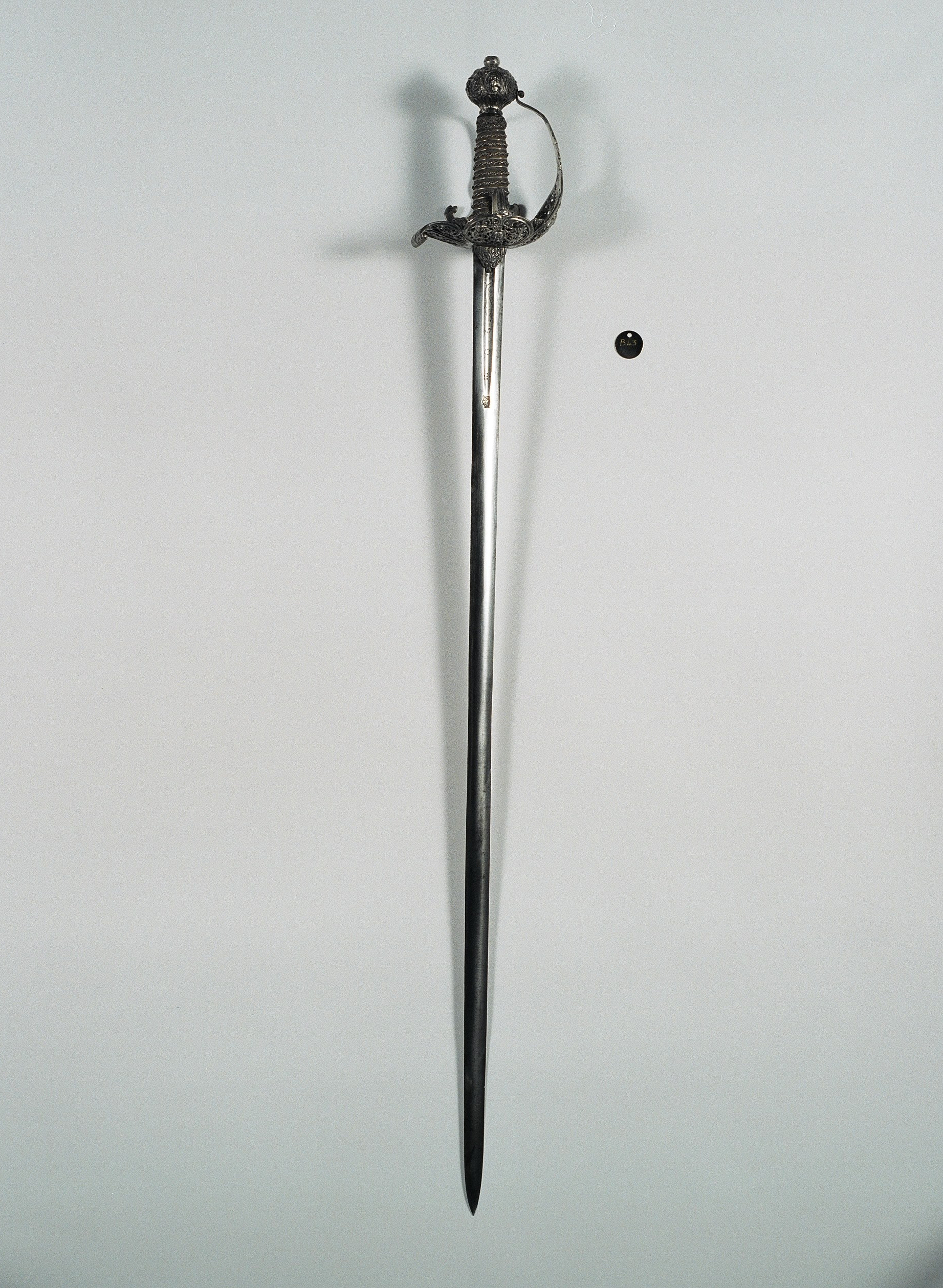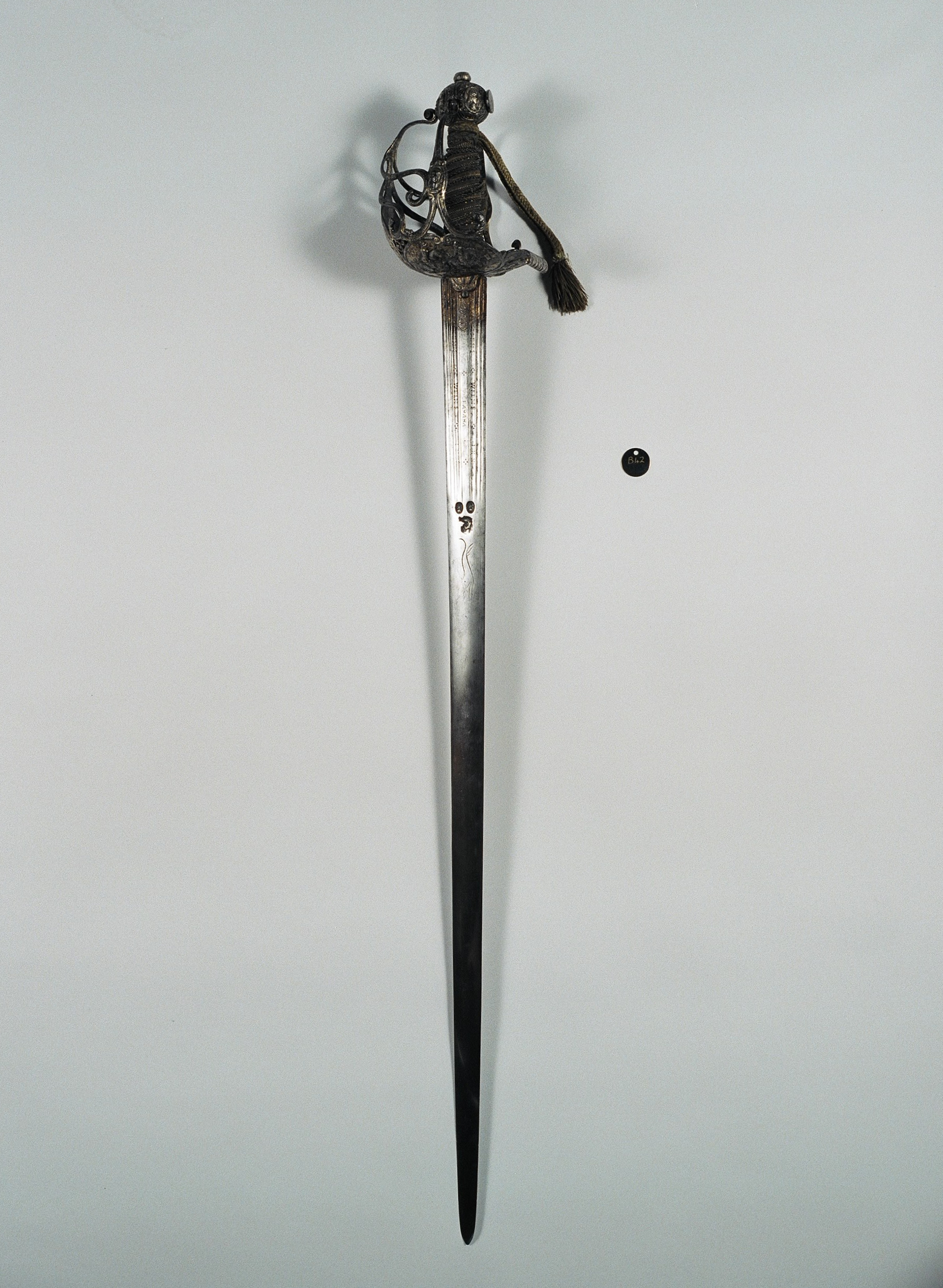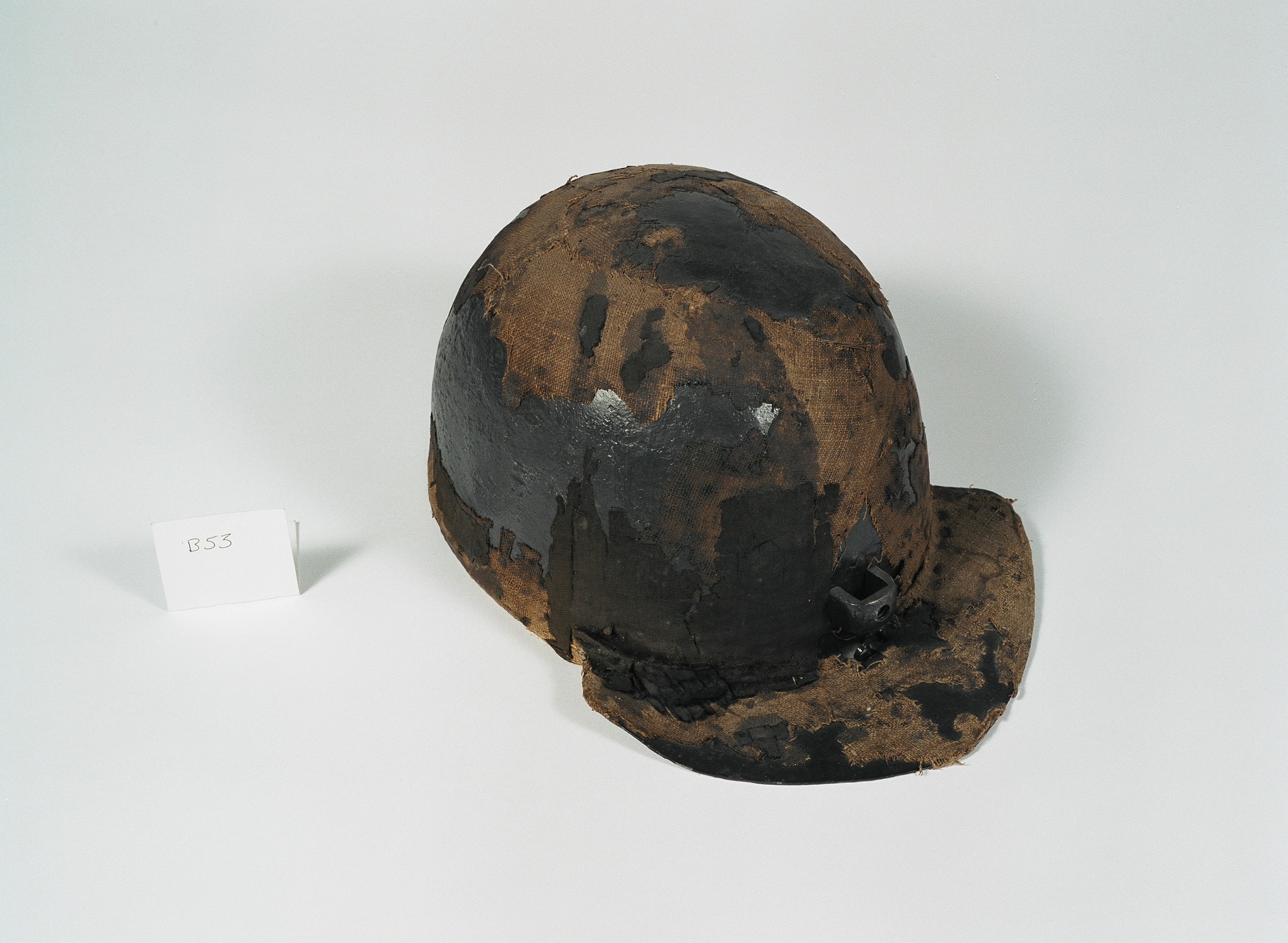Key Collections
The Cromwell Museum is home to the best collection in the world of items relating to Oliver Cromwell. We have a collection of nearly a thousand objects including paintings and works of art, arms and armour, personal items, written and printed documents, coins and medals and commemorative items relating to Cromwell’s life and times.
Around 70% of our collection belongs to the Museum; 10% is kindly loaned to us by other museums and institutions including the Royal Armouries, Cambridgeshire Archives and the Museum of London.
Just under 20% of our collection is on long term loan to us from the Bush family, Cromwell’s immediate descendants. We are very grateful for their ongoing support and kindness in sharing their incredible collection of items which have been handed down through the family over the last 370 years.
This section provides more information about just some of the highlights of the collection; most of the items here are part of our regular displays. We aim to be able to have a comprehensive searchable database of the entire collection accessible via this website over the next couple of years.
About a third of the Museum’s collection is on display at any one time; we welcome enquiries to view other items not currently on show by appointment. Please contact us for more details.
Silver Dunbar Medal, 1650.
A medal was produced to commemorate Cromwell’s victory over the Scots at the Battle of Dunbar, depicting Cromwell on one side and the House of Commons on the other. Gold medals were given to senior officers, silver to junior officers and bronze to the ordinary soldiers. As such, it was the first campaign medal to be issued to all ranks in British military history.
Harquebusier Armour, late 1640s.
Full set of Harquebusier’s armour – a standard cavalryman’s equipment of the period of the British Civil Wars – comprising a buff leather coat, iron back and breast plates, iron ‘English style’ three barred lobster pot helmet, flintlock carbine and belt, and baldrick (shoulder sword belt).
This set was part of the remarkable Civil War armoury held at Littlecote House in Hampshire and used by the troop of cavalry raised by Alexander Popham in the Parliamentary army.
The Littlecote armoury is now part of the collection of the Royal Armouries. Long Term Loan from the Royal Armouries.
Ceremonial Sword, c. 1657.
A ceremonial sword believed to have been worn by Cromwell at his second investiture as Lord Protector in June1657. Embossed brass hilt (one of the quillions has been snapped off and lost in the distant past). The blade has been decorated by being damascened and inscribed '0. CROMWELL LORD PROTECTOR'. Long Term Private Loan.
Mortuary Sword, c. 1650.
17th century mortuary cavalry sword, believed to have belonged to Oliver Cromwell. Iron hilt of three shells, silvered inside and out and pierced with scrolling foliage decorated with grotesques including monsters' heads, winged terms, and stylised dolphin-head terminals, framing a central oval cartouche bearing a male or female head, with contemporary beard and hair styles, chiselled in relief: the main borders, including those of the cartouches, are outlined with rows of punched circles.
The pommel is chiselled with scrollwork framing similar cartouches. On each side of the guard where the blade enters are small, shaped langets, chiselled with foliage. The wooden grip is spirally bound with plain, twisted and plaited silver-gilt wire of varying thicknesses.
The blade is of flattened hexagonal section with a central gutter on each face of the forte containing a running wolf mark and the incised initials OC. Stuck in the front of the gutter is an elaborate version of the well-known king's head mark, incorporating a small mark of a rose, resembling-except that it is not crowned-the view mark found on military firearms of the reign of Charles II. Long Term Private Loan.
Mortuary Sword, late 1640s.
A fine 17th century mortuary sword, believed to have belonged to Oliver Cromwell. It has a symmetrical basked hilt guard decorated with relief panels. In the centre a shield is surmounted by a mantled close helmet bearing the Cromwell arms and crest. On each of the two side shells there are engravings of a combat between two horsemen with a town in the background, those on the left armed respectively with a horseman's axe and sword; those on the right equipped as cuirassiers and shooting at each other with pistols. On the quillion is a trophy of classical arms and armour. Six framed male and female heads with contemporary beard and hair styles are set around the pommel and in the centre of each of the side knuckle bars.
The wooden grip is spirally bound with twisted and plaited silver-gilt wire of varying thickness and woven silk braid, now mud coloured. The blade offlattened hexagonal section, with the central flat flanked on each face at the forte by six narrow gutters and has a pseudo ricasso 1.75in. long, indicated by an incised outline, gilt and decorated with punched conventional foliage.
It conceals the beginnings of incised signatures: C)LEMENS:WILMS:SOLIGN/ANDRIA:FARARA/(C)LEMENS:WILMS:SOLINGEN on one face,
(CLE)MENS: WILMS:IHN/FARARA/(CLE)MENS:WILMS:IHN on the other.
Struck immediately in front of these on each face are two marks, a wheellock spanner within an oval pearled frame (twice), and a mermaid holding a mirror. Incised on the right face is a running-wolf mark. Looped around the top of the grip is a flat sword knot, about .75in wide made of green braid, free ends unravelled to form a tassel. It is thought that this sword may be the one depicted in Walker’s full-length portrait of Cromwell as a cavalry commander. Long Term Private Loan.
Lobster Pot Helmet
Mid-17th century single barred lobster pot helmets (two the same). We have a pair of these, both missing the lobster tail neck guards, cheek pieces and single bar face guards. Family tradition has it that one of these helmets was worn by Oliver Cromwell at the Battle of Naseby and the other by his son Henry, Lord Lieutenant of Ireland, although given their weight they are more likely from two sets of siege armour. Both have traces of black velvet glued to their outside, which indicate that they may have been worn or used at Cromwell’s funeral in 1658. Both also retain the extremely rare remains of a linen liner stuffed with unspun wool attached to the inside, showing how Civil War helmets were padded to make them more comfortable to wear and offer protection against concussion damage. Long Term Private Loan.
Portrait of Sir Oliver Cromwell, English School, 1647, Oil on Canvas.
This portrait again depicts Sir Oliver Cromwell, uncle of Oliver Cromwell, but now as an old man. By this time, he had been forced to sell Hinchingbrooke House and had been living in Ramsey. He supported the King during the Civil War, against his nephew, and heavily fined, with his estates only being returned to him the year that this painting had been produced.
(Purchased with the support of the V&A Purchase Fund and the Art Fund)




